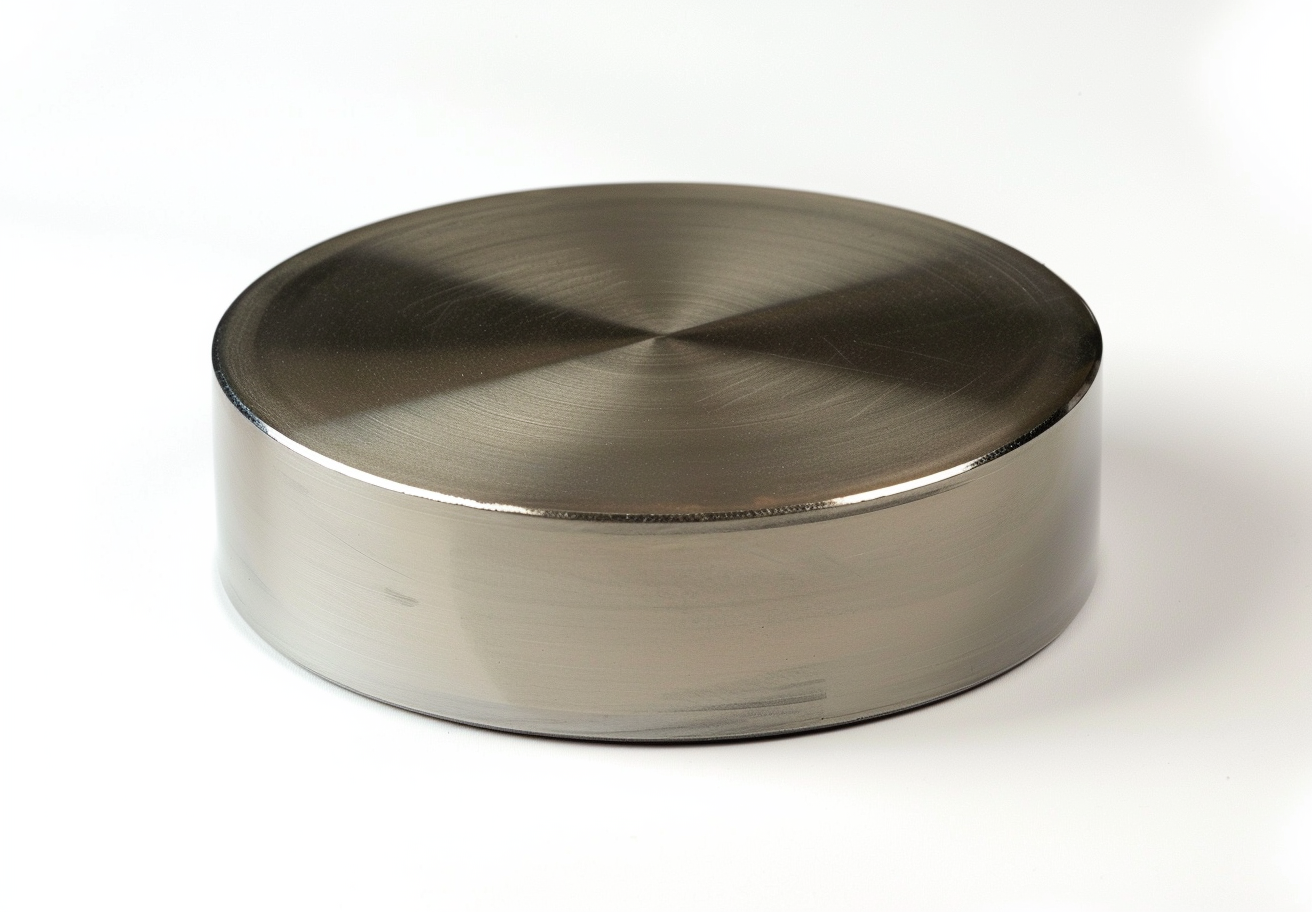Pyrolytic Boron Nitride: Layered Structure And Simple Quality Assurance
What is Boron Nitride?
Boron Nitride is an electrical insulator with a low coefficient of thermal expansion and high resistance to corrosion. Due to its low hardness, it is frequently used as a machinable material. Pyrolytic boron nitride is a thin BN material (1–3 mm) produced by the CVD process.
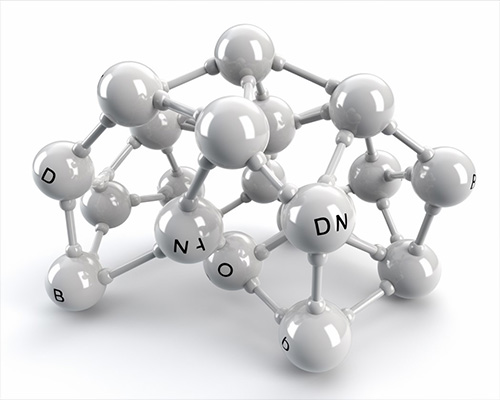
What is Pyrolytic Boron Nitride?
Pyrolytic boron nitride shows quantifiable differences in physical properties. The material is produced by the deposition of chemicals in the gas phase. It naturally forms a layered structure. The thin, parallel layers provide flexibility that is uncommon in most ceramics, including hot pressed boron nitride. Although the material is thin and semi‐transparent, thick BN plates maintain their integrity.
*A substantial force is required to break this 3 mm thick BN plate. It exhibits clear layering prior to fracture.
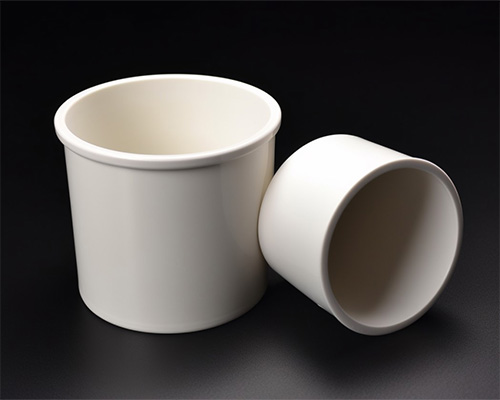
What are the Applications of Pyrolytic Boron Nitride?
PBN material is used mainly in the production of crucibles for the growth of single crystals. In this application, the separation of plates would cause a serious problem. The crystal growth process requires precise temperature control. Consequently, the reduced thermal conductivity due to the layered structure is detrimental. During manufacture, internal stresses develop within the PBN material, particularly at the tips. These stresses are the primary cause of layer defects in PBN products. Consequently, the VGF crucible is more difficult to produce and costs considerably more than simple mould crucibles.
It is straightforward to determine if a PBN part is layered. As the material is usually thin, it is semi‐transparent. Under strong light a shadow appears at the layered area due to a small piece of contamination. Even if the part appears normal externally, these defects may negatively affect crystal growth. The qualified PBN supplier SAM treats these defects as non‐qualified products that do not pass the QC process.
*Layered crucible tip. It can be identified using the LED of a mobile phone.
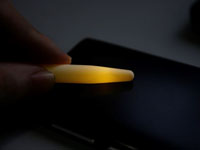
Conclusion
We thank you for reading our article. We hope that it assists in understanding the properties of PBN material. If you require further information about PBN material and other ceramics, please visit Stanford Advanced Materials (SAM) for additional details.
Stanford Advanced Materials (SAM) is a global supplier of boron nitride products and has more than two decades of experience in manufacturing and distributing tungsten products. They supply boron nitride that meets the research, development and production requirements of customers. We expect that SAM will be your preferred supplier and business partner for boron nitride.

 Bars
Bars
 Beads & Spheres
Beads & Spheres
 Bolts & Nuts
Bolts & Nuts
 Crucibles
Crucibles
 Discs
Discs
 Fibers & Fabrics
Fibers & Fabrics
 Films
Films
 Flake
Flake
 Foams
Foams
 Foil
Foil
 Granules
Granules
 Honeycombs
Honeycombs
 Ink
Ink
 Laminate
Laminate
 Lumps
Lumps
 Meshes
Meshes
 Metallised Film
Metallised Film
 Plate
Plate
 Powders
Powders
 Rod
Rod
 Sheets
Sheets
 Single Crystals
Single Crystals
 Sputtering Target
Sputtering Target
 Tubes
Tubes
 Washer
Washer
 Wires
Wires
 Converters & Calculators
Converters & Calculators
 Write for Us
Write for Us
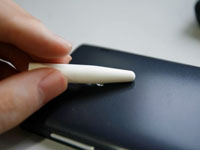
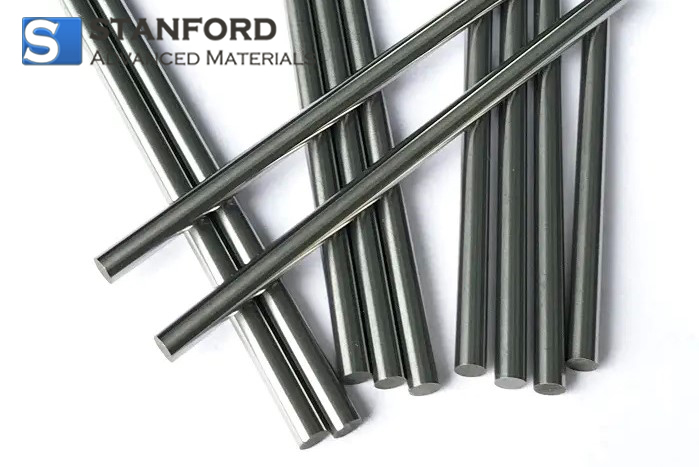
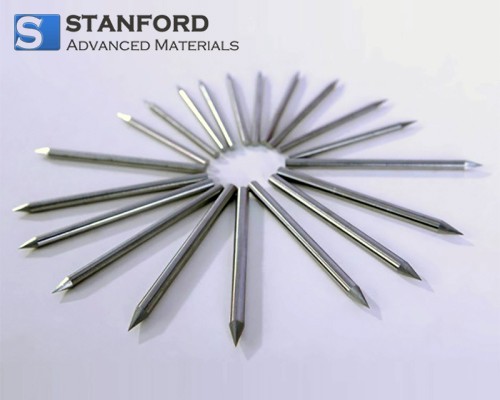
 Chin Trento
Chin Trento

